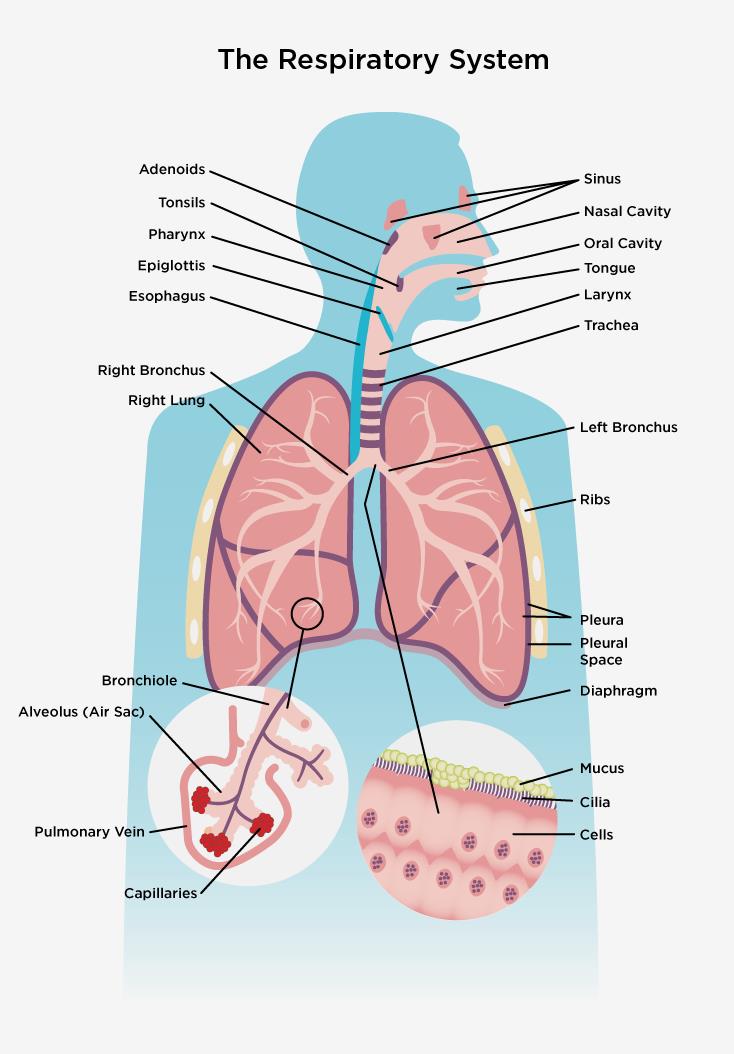
Photo credit: Zorba the Geek, via Wikimedia Commons
Nearly half of the air inside a home can come from the garage and homes with attached garages also have higher indoor levels of certain air pollutants. These air pollutants include benzene, CO, and NO2. In the winter, polluted air is drawn into the home from the attached garage because of the higher pressures found in the garage.
Dr. Daniel Aubin, Team Leader of the Indoor Air Quality Group at NRC’s Construction Research Centre, spoke at the SOCAAR Seminar on November 7th about two separate interventions to reduce residential exposures to pollutants from attached garages. These findings came from a joint study conducted by Health Canada and the National Research Council Canada, which tested the effectiveness of an exhaust ventilation in the garage and an improved sealing of the garage-house interface wall. Continue reading







